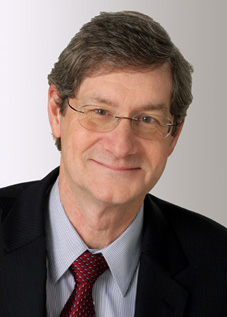| |
| |
| |
| |
| |
| |
| |
| |
Messages from the
|
||||||||||
Stephen Patoray As we begin our preparations for World Metrology Day, 2015 and as we consider this year’s theme, Measurements and Light, I think about how this current theme is very closely related to those of previous World Metrology Days:
We live in a highly visual world. Each day we see the sun rising, providing the essential requirements for life itself. Each day a large percentage of the world is able to simply flip a switch and turn on an electric light. However, a recent article in the Washington Post identified a significant challenge: “The rate of growth in global electrification is slower than the rate of growth of the population”. A report from the IEA and the World Bank states: “With regard to universal access, business as usual would leave 12 percent … of the world’s population in 2030 without electricity…". Without a significant increase in spending or a new direction to solve the problem, this will not change. To compound this issue the UN is also trying to address climate change at the same time – and prevent global temperatures from rising by more than 2 °C. To satisfy both goals, nations around the world would need to improve their energy efficiency and bolster the amount of clean energy they produce and use. This will require
Light can behave either as a wave or a particle, or sometimes as both. This is quite remarkable. Also, as metrologists, we think of light as something that is measured, but we also use it to make measurements, again quite remarkable. The speed of light in vacuum, commonly denoted c, is a universal physical constant which is important in many areas of physics. Its defined value is exactly 299 792 458 m/s, as the SI metre is defined from this constant. Distance, speed, temperature, the composition and contaminants in our food and environment, common measurements to legal metrology, can all be measured using various forms of light. It is with these initial thoughts that I continue to consider with great wonder the phenomenon which we enjoy every day as light. The legal metrology community is pleased to join with UNESCO in marking the International Year of Light and I wish you immeasurable happiness and a very bright future.
|
|
Martin Milton “Metrology for light and light for metrology” This year, World Metrology Day is aligned with the International Year of Light and Light-based Technologies proclaimed by the General Assembly of the UN and organized by UNESCO. Events in 2015 will celebrate the central role of light to life, whether as a source of energy, as the basis for photonic technologies or as being a source of wonder and excitement. Metrology plays a central role in enabling the application of light-based technologies, for example:
In turn, light is at the heart of many of the most important new elements of leading-edge measurement technologies. For many decades, the most accurate length measurements have depended on highly-stable lasers and many highly-sensitive chemical measurements use tunable lasers that can sense individual transitions in target molecules. The capabilities of stable lasers now extend to providing the most accurate “optical clocks” which depend on the light emitted from single atoms which have been slowed down and trapped by laser beams. I hope that the celebration of World Metrology Day on 20th May 2015 will trigger new liaisons between the metrology community and those who work to develop and exploit light-based technologies. It is the opportunity to show that just as life depends on light, so the safe, efficient and effective supply of light depends on measurement.
|
||||||||
|





